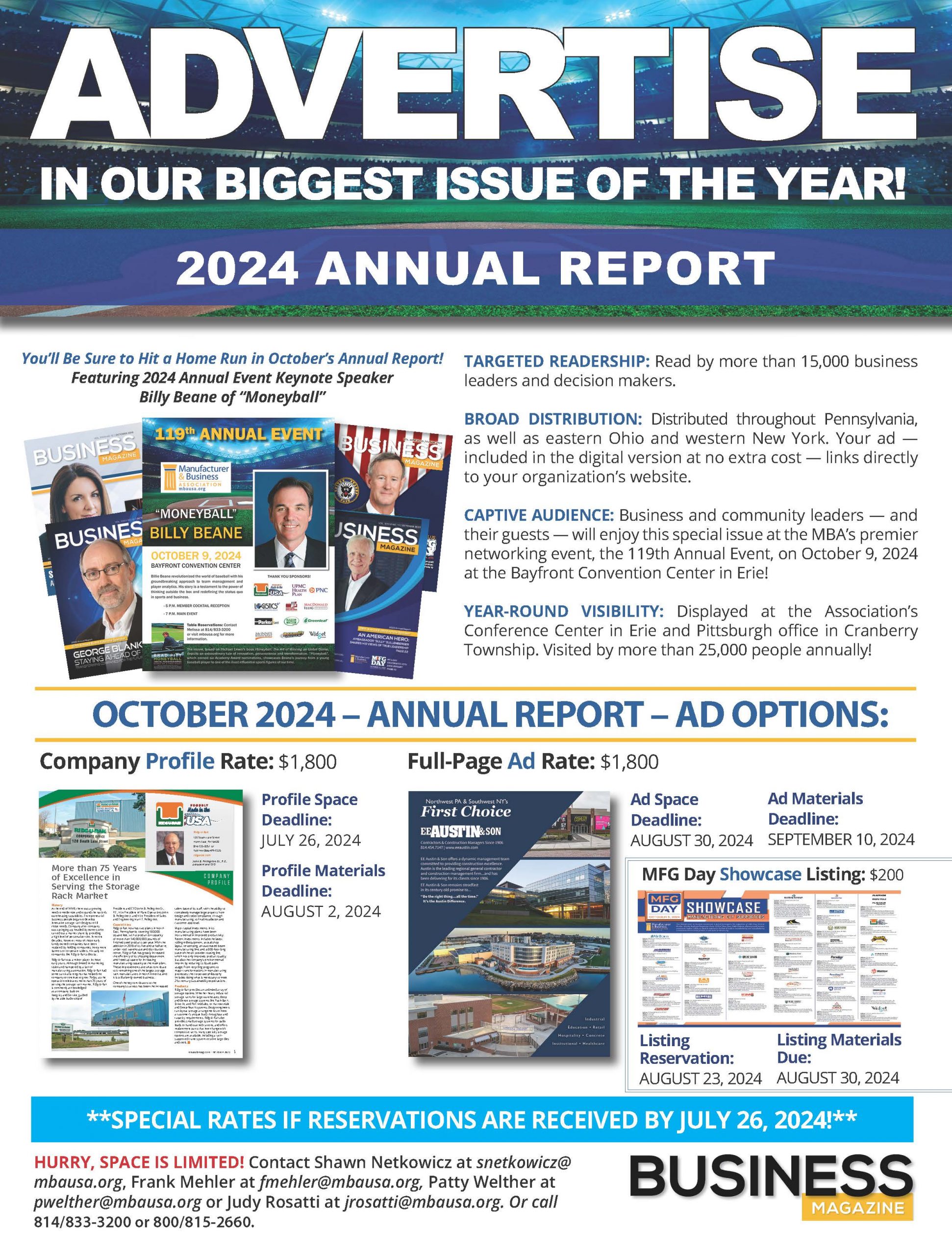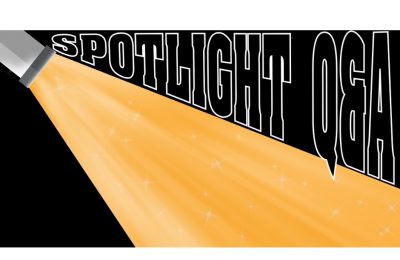EFFECTIVE STRATEGIES CAN REDUCE COSTS, IMPROVE PRODUCTIVITY
Your company’s medically restricted return-to-work (RTW) program is a key component in the case management of work-related injuries or illnesses, and some long-standing statistics support this as fact. The Bureau of Labor Statistics (BLS) reports that the longer an injured/ill employee is off work, the chances of the employee ever returning to work decreases dramatically.
According to BLS, if an employee is off work for six months due to a work-related injury/illness, there is only a 50-percent chance the employee will ever return to work. If an employee is off for one year, there is only a 25-percent chance of the employee returning to work. If an employee is off for two years, there is virtually no chance of the employee ever returning to work.
Effective RTW programs seek to bring employees back to work after an absence due to an injury or illness that physically restricts the worker. When injured or ill employees are off work for an extended period of time, they often develop a set of common problems other than the injury or illness itself such as progressive loss of self-esteem and depression, fear of re-injury and of a delayed recovery.
Return-to-work strategies and programs can reduce workers’ compensation costs; however, they can do much more — they can improve productivity and morale across an organization, they can save organizations time and money and they can protect agencies from loss of talent. Examples of effective return-to-work strategies include offering the opportunity to work part time, telecommuting, modifying work duties, modifying schedules, and implementing reasonable accommodations to provide employees with the tools and resources they need to carry out their responsibilities.












